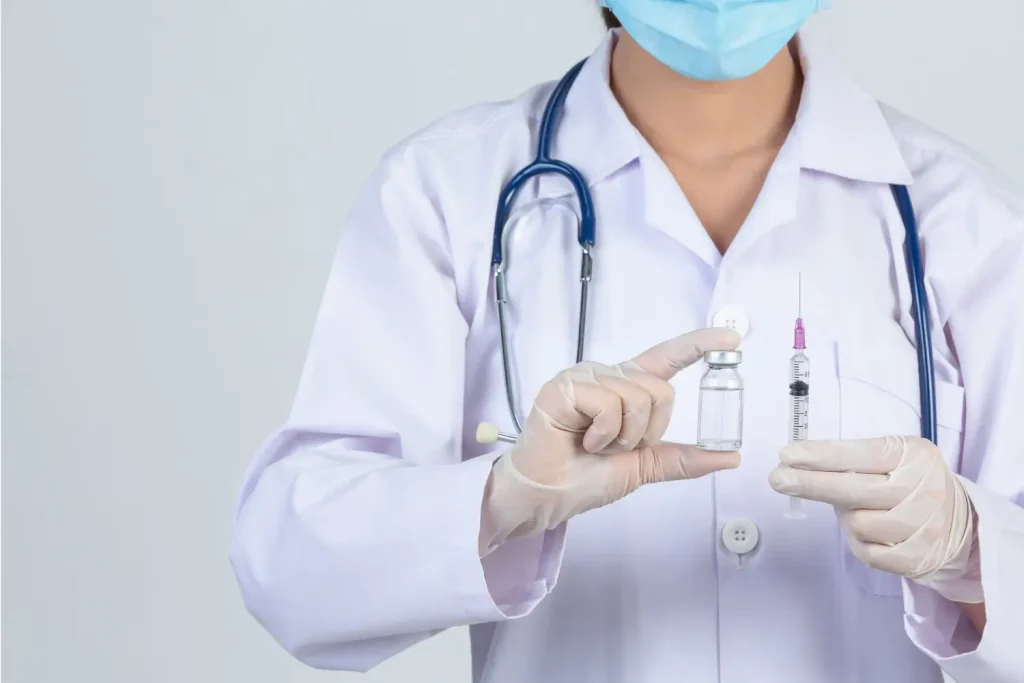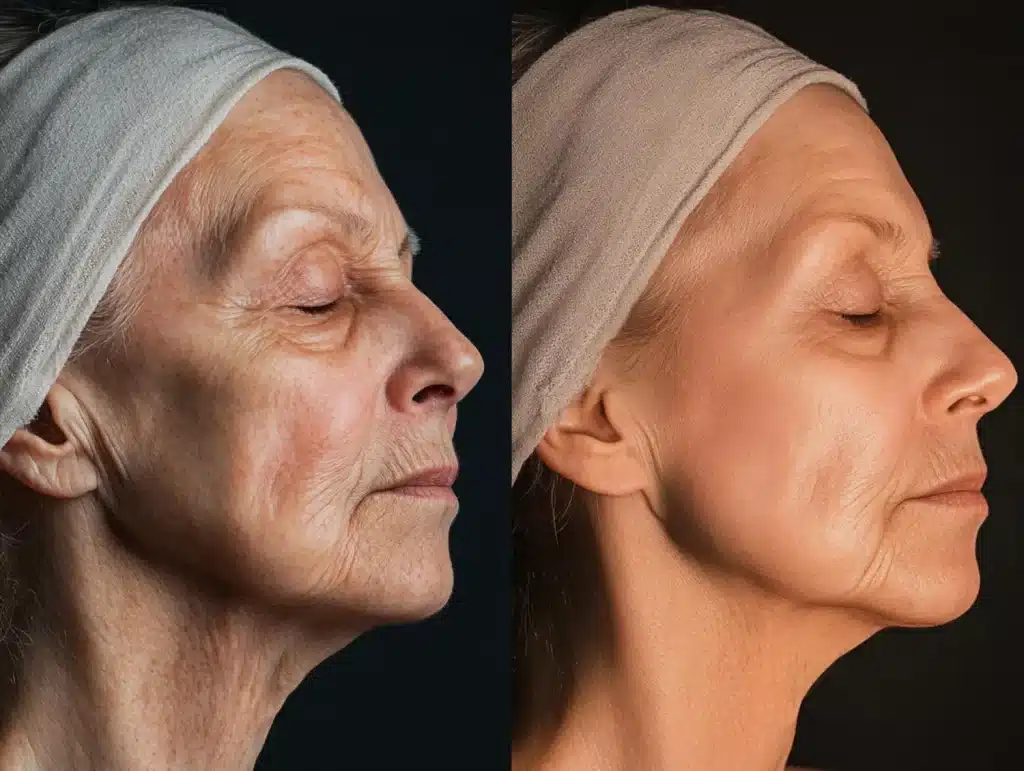In 2016, The American Society of Plastic Surgeons reported that there are 6.6 million Botox patients nation-wide. This number makes Botox by far one of the most popular non-invasive cosmetic and medical surgery treatments on the market. A large part of the attraction of this medicine is its highly specialized and effective work at addressing both medical and cosmetic concerns.
This injectable medication contains the neurotoxin botulinum toxin type A, which temporarily paralyzes specific muscles. It is purified from the bacterium Clostridium botulinum and directly inhibits the transmission of the acetylcholine, a neurotransmitter. This neurotransmitter is commonly found in the neuromuscular junction and is released to activate muscle contraction. This botulinum toxin therapy, however, has been designed to reduce the muscle activity by cleaving the SNAP-25 proteins that initiates the release of acetylcholine. Through this inhibition of the transmission of acetylcholine and the resulting muscle paralysis, the treated muscles become relaxed and stretched out.
Various medical benefits of Botox
This botulinum toxin therapy is useful for correcting both cosmetic imperfections and treating severe muscle conditions.
In the aesthetics field, dynamic wrinkles are folds caused by the repetitive movements of muscles. Various facial expressions often accentuate these wrinkles, which can range from frown lines that appear on the forehead to glabellar lines in between the eyebrows and crow’s feet at the outer corner of the eyes. The repetition of facial expressions may cause these wrinkles to appear permanent (which would make said wrinkles static in nature) and contributes to an aged and imperfect complexion.
Medical conditions such as cervical dystonia, upper limb spasticity, blepharospasm, chronic migraines, and overactive bladder also involve involuntary muscle movements. These muscles often contract irregularly and sometimes twist in dangerous and uncomfortable positions, as is the case with cervical dystonia. The cause of these contractions could be the excess firing of acetylcholine in the neuromuscular pathways.
Botox works by relaxing the associated muscles with these conditions. For cosmetic purposes, the product has been approved by the US Food and Drug Administration (FDA) for the indication of moderate to severe glabellar lines, crow’s feet, and forehead lines. It should be injected intramuscularly and in specific muscles; for correcting glabellar lines, for example, the two corrugator muscles and the procerus muscle should be injected.
With a Botox treatment, the initial improvement of frown lines is usually noticeable within 24 to 48 hours following the treatment. The smooth complexion can last for up to four months. Botox’s effects also appear natural and does not hamper facial articulation. If necessary, most clinics will suggest scheduling repeat treatments in order to prolong the benefits of Botox.
The safety of Botox in breastfeeding mothers
Recent data has suggested that botulinum toxin does not become significantly concentrated in human or animal milk with correct intramuscular injection. Recent data also showed that there were no adverse outcomes to the fetus when Botox treatment is conducted on pregnant mothers. Cases of miscarriage in pregnant women treated with Botox are usually not associated with the toxin itself.
The small number of cases of Botox-related injuries in this demographic could be due to the high molecular weight of the botulinum toxin protein. With a size of 150 kD, it is widely expected that the protein cannot infiltrate the systematic circulation. It is also understood that the doses given for cosmetic purposes should not accumulate to a total of more than 100 units of product. Any excessive doses, such as those above 600 units, may lead to systematic weaknesses that could be fatal.
Although the above information may seem to indicate the general safety of the toxin, there is insufficient data for physicians to fully recommend Botox treatments for pregnant and lactating women. Injections should be done with appropriate dosing, so as to avoid any serious adverse side effects. With their patients, physicians should discuss their medical histories and concerns before proceeding with this treatment.
Cautionary steps to be taken in a Botox treatment
There are post-injection symptoms that can arise after completing a Botox treatment. These may include rash, itchiness, inflammation, pain, swelling or bleeding at the injection site.
As it is a neurotoxin, extra precaution must be taken when administering Botox. If patients show signs of allergic reactionssuch as anaphylaxis, edema, and shortness of breathdo not continue with the further injection of Botox and seek out immediate medical therapy for your patients. It may also cause the weakness of muscles, headache, and dizziness, so advise patients to not operate any heavy machinery after the treatment until these effects have subsided.
Large unregulated amounts of botulinum toxin can cause botulism, a medical disorder that attacks the nerves and muscles and can be fatal. It can cause the loss of muscle strength, vision impairment, difficulty breathing and swallowing, and the loss of bladder control. There is also the rare possibility of the toxin being spread to areas away from the initial injection site. For safety, the practitioner has to be highly experienced with intramuscular injections and knowledgeable about muscular anatomy to avoid any errors.
Not all patients are suitable for Botox injections. If a nursing woman has compromised conditions concerning the immune system, gastrointestinal system, and/or cardiovascular system, discuss with them if the treatment’s benefits outweigh the risks.
Summary
For improving the appearance of the face and/or treating various medical conditions related to the muscles, Botox is a viable treatment option. With properly injected Botox, patients can experience a temporary yet effective relief off their pronounced wrinkles and stiff and overactive muscles. Patients who are breastfeeding must discuss the expected results, outcomes, limitations, and precautions of Botox treatments with their physicians, so as to avoid any complications from developing.





















